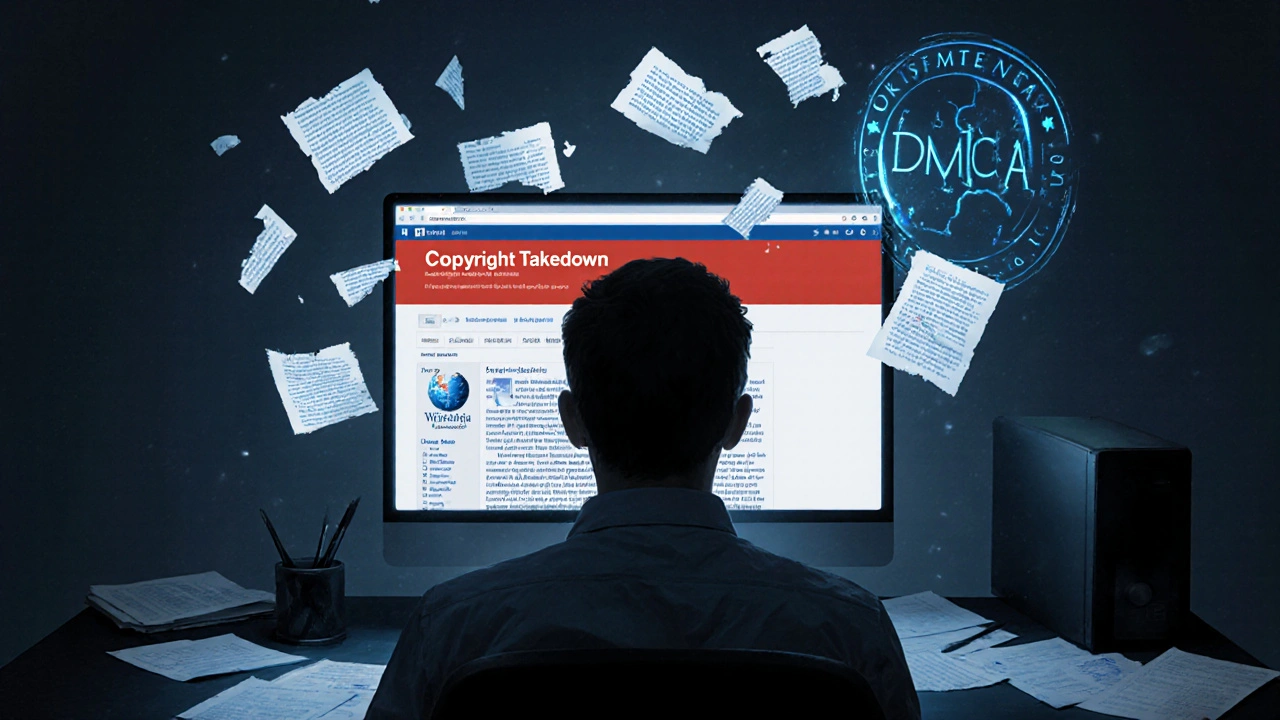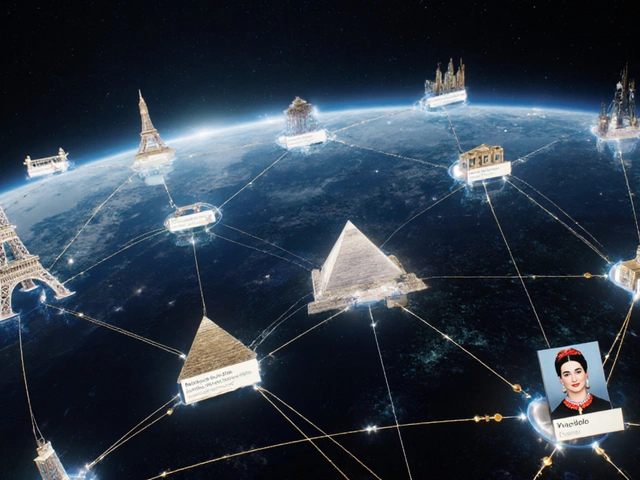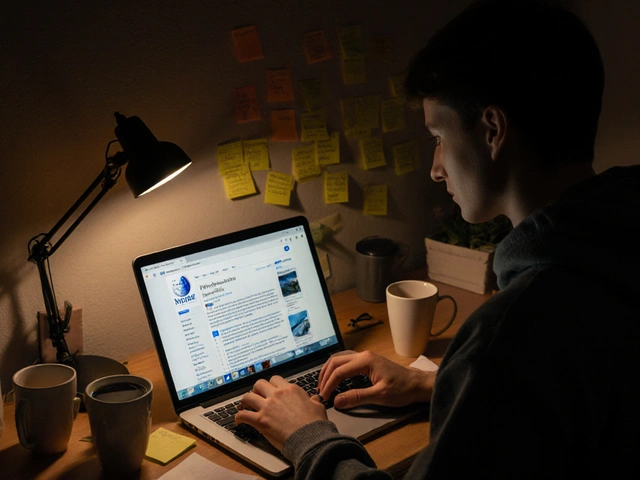Wikipedia copyright takedown: How content removals work and what they mean for open knowledge
When you see a Wikipedia copyright takedown, a formal request to remove content that violates copyright or licensing rules. Also known as DMCA takedown, it’s not about censorship—it’s about following the law that lets Wikipedia exist in the first place. Wikipedia doesn’t own the words on its pages. Everything is licensed under CC BY-SA, a free license that lets anyone copy and adapt content as long as they give credit and share alike. But if someone uploads text, images, or videos they don’t own—or that were copied from a paywalled site, book, or news article without permission—those pieces have to go. That’s not a bug. It’s the system working.
Most Wikipedia copyright takedown requests come from copyright holders, not random users. A publisher might find a full article copied from their website. A photographer might spot their image used without credit. Sometimes, it’s even a volunteer who accidentally pasted a textbook passage. The Wikimedia Foundation doesn’t decide these on its own. It follows legal procedures, often through its designated agent, and removes content only when a valid claim is made. The community then steps in to fix the article—rewriting it in original language, replacing images with freely licensed ones, or citing proper sources. This process keeps Wikipedia legally safe and ethically clean. Without it, the whole foundation of open knowledge could collapse.
It’s not just about legal risk. Every takedown is a reminder that Wikipedia’s power comes from its rules, not its popularity. You can’t just copy-paste news stories and call it an encyclopedia. You need to rephrase, cite, and verify. That’s why tools like CC BY-SA, the license that binds all Wikipedia content to a shared, reusable standard are so important. They let schools, nonprofits, and developers reuse Wikipedia’s knowledge without fear—because the rules are clear. But they also mean you can’t take shortcuts. If you want to use something, you have to make sure it’s yours to give. And if it’s not? It gets removed. Fast.
What you’ll find in the posts below are real stories of how Wikipedia handles these removals—sometimes quietly, sometimes with public debate. You’ll see how volunteers track down copied text, how editors rebuild articles after a takedown, and how the community fights to preserve fair use without crossing legal lines. There’s no drama here, no grandstanding. Just people doing the hard, unglamorous work of keeping knowledge free—and legal.
Copyright Takedown Requests on Wikipedia: Trends and Issues
Wikipedia removes thousands of copyright claims each year, often erasing valuable content. Learn how takedown requests work, who files them, and why knowledge is disappearing from the world’s largest encyclopedia.







